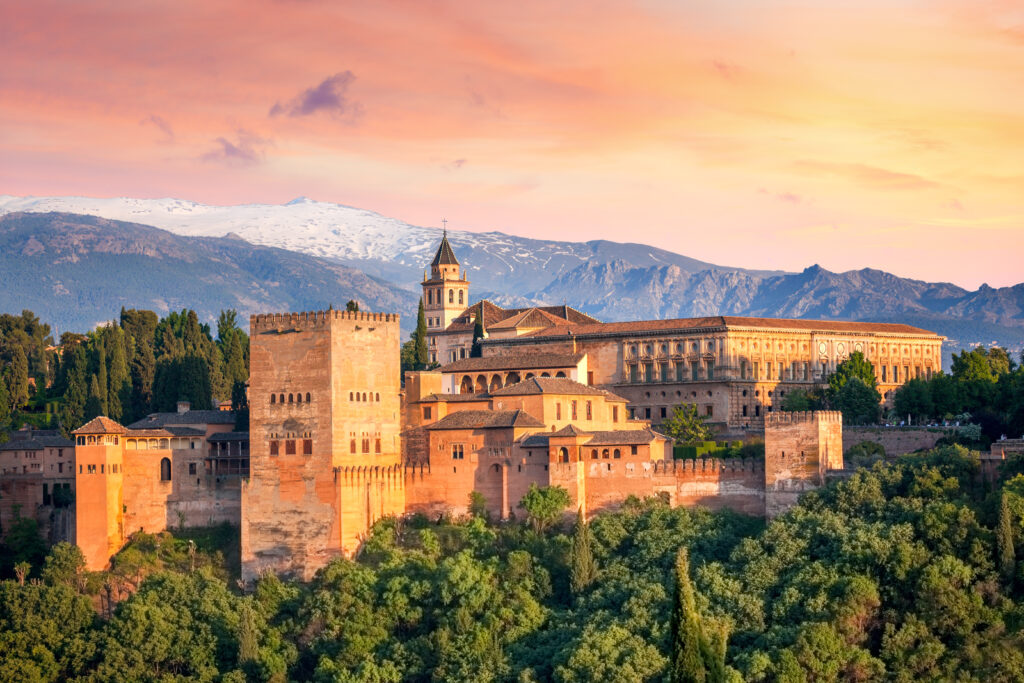
The bewitching city of Granada could be described as the eighth wonder of the world. Listed as a UNESCO World Heritage Site, the capital of the province of Granada witnessed the last reign of Al-Andalus. Its beauty and Arab heritage make it one of the most important cities in Andalusia. Despite their attempts to turn it into a Christian city, the Catholic kings took nothing away from the Eastern atmosphere that is the very essence of Granada. In 2013, the Andalusian city celebrated the 1,000th anniversary of the Kingdom of Granada, initiated in 1013 by the Zirids. The cultural and historical riches of the Orient make Granada the Spanish city most influenced by Arab civilization.
1. The Alhambra
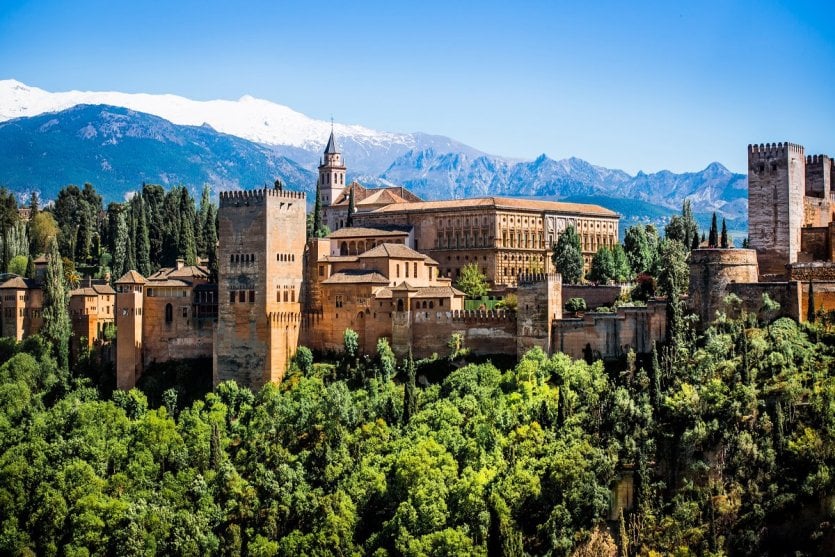 The Alhambra, the wonder of Granada © In Green - Shutterstock
The Alhambra, the wonder of Granada © In Green - Shutterstock
It's impossible to visit Granada without admiring the beauty of the Alhambra, one of Europe's Unesco World Heritage sites. This cultural jewel, built in the 9th century, was originally a simple fortress. When the Nasrid dynasty settled in Granada in 1238, Muhammad al-Ahmar decided to leave the Albaicín (the Great Mosque of the time) to reside inside the Alhambra, deemed safer. Its name, rich in Oriental colors, comes from the Arabic al-hamra (the red one). The reason: the color of the clay used to build its walls. A jewel of Islam's military and artistic capabilities, the Alhambra comprises 4 parts: the Alcazaba, the Nasrid palaces, the Generalife gardens and Charles V's palace. Today, the Alhambra is one of Europe's most visited monuments, so book your ticket in advance right here.
See also our guide: How to visit the Alhambra in Granada? All you need to know!
2. What to do in Granada Visitthe Alhambra Museum

If you're looking for something to do in Granada, be sure to visit the Alhambra Museum, located in Charles V's palace. This museum houses a collection of objects and works of art linked to the history of the Alhambra, offering a fascinating insight into Islamic culture and art in Spain. You'll discover ceramics, textiles, coins and manuscripts, as well as sculptures and paintings from different periods of the Alhambra's history. The museum is organized into several thematic rooms, each presenting different aspects of life and culture at the Alhambra. Highlights include a superb tablero de ajedrez nazarí (chessboard made of walnut and birch) and a wooden blind for a window in the Palace of the Lions (Alhambra).
3. The Albaicín
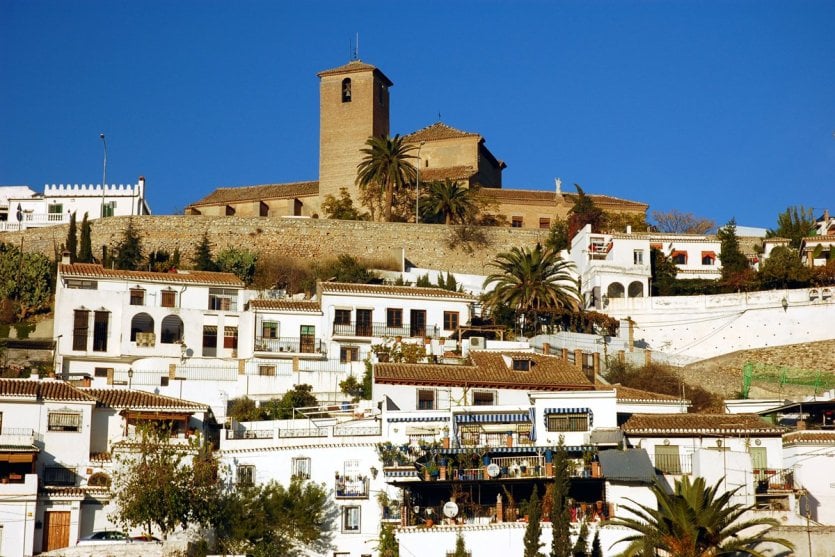
The Albaicín and its carmenes. The heart of the ancient city © Philip Lange - Shutterstock
Perched on a hill opposite the Alhambra, this is Granada's oldest quarter and one of Andalusia's must-sees. It has preserved its medina aspect, the identity of Arab culture. Inhabited since the 11th century, it was under the Nasrid dynasty that it was transformed into an urban hub, the seat of major decision-making. Today, the Albaicín is still recognizable by the white color of its walls. These authentic houses, known as "carmenes", were built during the period of Arab domination. All have the same charm: their facades conceal splendid patios, sometimes rich in vegetation. Strolling through the district's 3,000-odd alleyways also means discovering historic monuments. Don't miss The churches of Salvador and Saint Cristóbal. The Albaicín has been a Unesco World Heritage Site since 1984.
4. What to do in Granada Go to the Mirador de San Nicolas
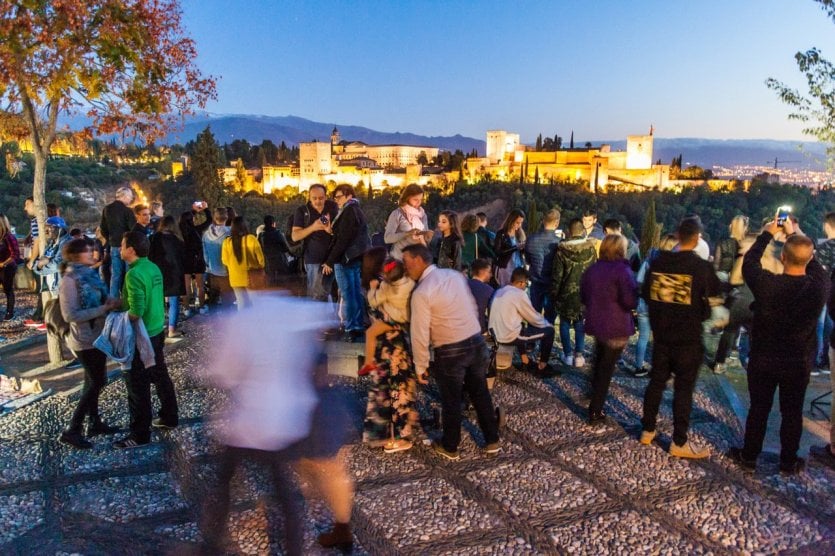
The lively square of the Mirador de San Nicolas © Matyas Rehak - Shutterstock.com
This is one of the central squares in the Albaicín district. High above the old town, the Mirador de San Nicolas offers panoramic views of Granada, the Alhambra, the Vega de Granada (Granada meadow) and even the snow-capped peaks of the Sierra Nevada. This makes it one of the most popular vantage points in Spain. Every visitor to Granada is bound to stop here once. As well as the view, you'll want to take advantage of the square's lively atmosphere. Musicians and street performers are a regular feature. The adjoining alleyways are packed with artisan stalls selling handicrafts and souvenirs from the region. The rear of the square hides other historical treasures, such as the Church of St. Nicholas and the Sanctuary of San Cecilio.
5. What to do in Granada Visit Granada's Royal Chapel
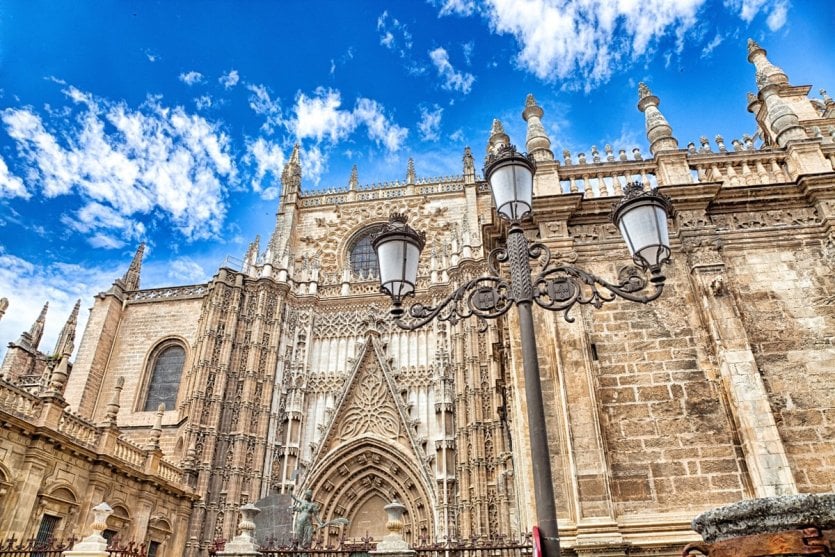
The Royal Chapel of Granada Cathedral © Benny Marty - Shutterstock
Located inside Granada Cathedral, this Baroque construction (15th-17th centuries) was commissioned by the Catholic Monarchs in 1505. They wished to be buried here, but when they died, the construction had not been completed. Deposited in the Convent of St. Francis in the Alhambra, Charles V moved the bodies to the Royal Chapel in 1521. He also buried a large number of his closest relatives there, including his wife, children and parents, Jeanne la Folle and Philippe le Beau. Today, only the Catholic Monarchs and the couple remain. Near the tombs, you can admire Isabella's crown, scepter and missal, and Ferdinand's sword. Not to be missed: the Altarpiece Mayor. It depicts 36 scenes from the life of Christ and the martyrdom of St. John the Baptist.
We recommend that you book a guided tour of the Cathedral and Royal Chapel here , to make the most of your stay and discover the history of these two monuments.
6. Parque de las Ciencias

alexandre Laprise - Shutterstock.com
Spread over 70,000 m², the Parque de las Ciencias is a truly interactive museum. Built to help us understand the world around us, this complex, very well known in Europe, is one of the most visited in Andalusia. Inaugurated in 1995 by Carlos Ferrater, winner of the National Architecture Prize in 2009, it devotes 5,000 m² to temporary exhibitions. But that's not all. There are also 7 permanent exhibition pavilions, a library, a cultural gallery, cinemas, an auditorium... There's also 27,000 m² of green space, with a tropical butterfly garden, astronomical observatory and even a mental gymnastics tent. There's something for everyone, young and old, science buffs and non-science buffs alike.
7. What to do in Granada Visit the Monastery of San Jerónimo
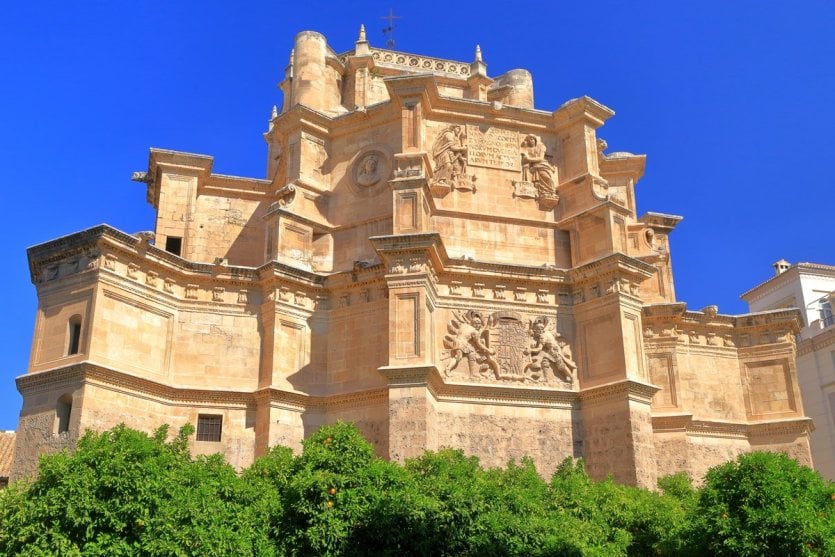
San Jerónimo Monastery © Inu - Shutterstock
Located in the center of the city, the Monastery of San Jeronimo is a Renaissance architectural ensemble and one of the most beautiful places to see in Spain. Today, it is considered a BIC (Property of Cultural Interest) and protected by Spanish jurisdiction. Created in Santa Fe (Mexico) in 1492 under the patronage of the Catholic Monarchs, it was later transferred to Granada. Its construction, directed by the artist Siloé, lasted until 1547. The beauty of the monastery is reflected in the façade of the church and its gardens. Let yourself be transported by the scents of orange and lemon trees that enhance the shady cloister. The main chapel also contains hidden treasures. The 5 floors are decorated with statues and bas-reliefs depicting scenes from the life of Jesus Christ. All covered in gold. Of particular note is the representation of El Gran Capitan, a Spanish general in the Granada wars.
8. Hammam Al-Andalus

One of the baths in Granada's Hammam Al-Andalus © javi_indy - Shutterstock
What better way to unwind than with a soothing bath in a soothing setting where oriental decor and enchanting music blend together? For that, head for the city's great Al Andalus Hamman. Nestled in a 12th- and 13th-century house, this hammam is inspired by traditional Arab baths. The meticulously crafted mosaics, arches, plinths and columns take visitors to the other side of the Mediterranean. For the perfect journey, take advantage of the promenade offered by these baths, the original structure of the Andalusian hammam. On the program: 3 water rooms at different temperatures. A temperate one at 36°C, a hot one at 40°C and a cold one at 15°C. The tour continues in a steam room and a rest room.
Take advantage of our partner's special rates and book your Al Ándalus hammamticket, including massage,here!
9. What to do in Granada Stroll through Carrerra Del Darro
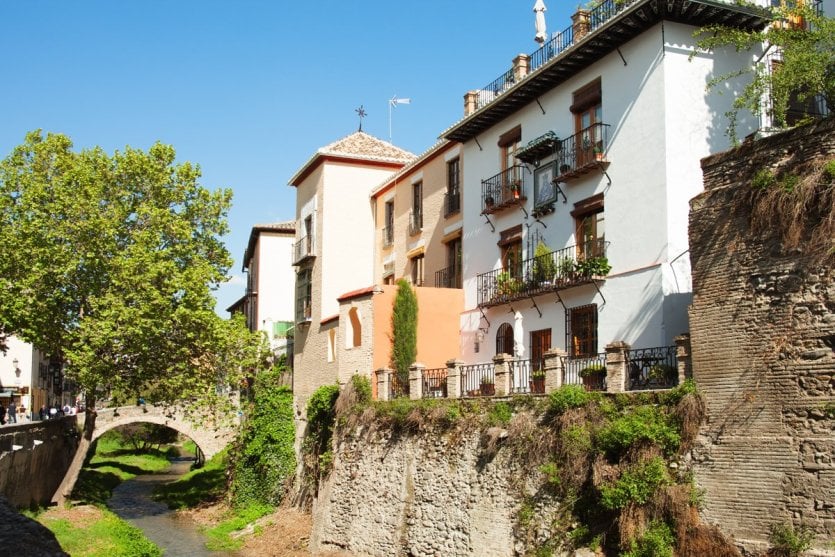
Carrera Del Darro, one of Granada's oldest streets © Nella - Shutterstock
This is one of Granada's oldest and prettiest streets. It runs alongside the Darro "River of Gold" and serves as the dividing line between the Alhambra and Albaicín hills. Built in the 17th century, Carrera Del Darro has retained its picturesque atmosphere. It is characterized by old bridges, bars and cafés of all kinds. A stroll down this street is like leaving the hustle and bustle of the city and immersing yourself in the atmosphere of a village. This street is also famous for its many workshops and stores selling famous objects.
10. What to do in Granada Visit the Sacromonte caves
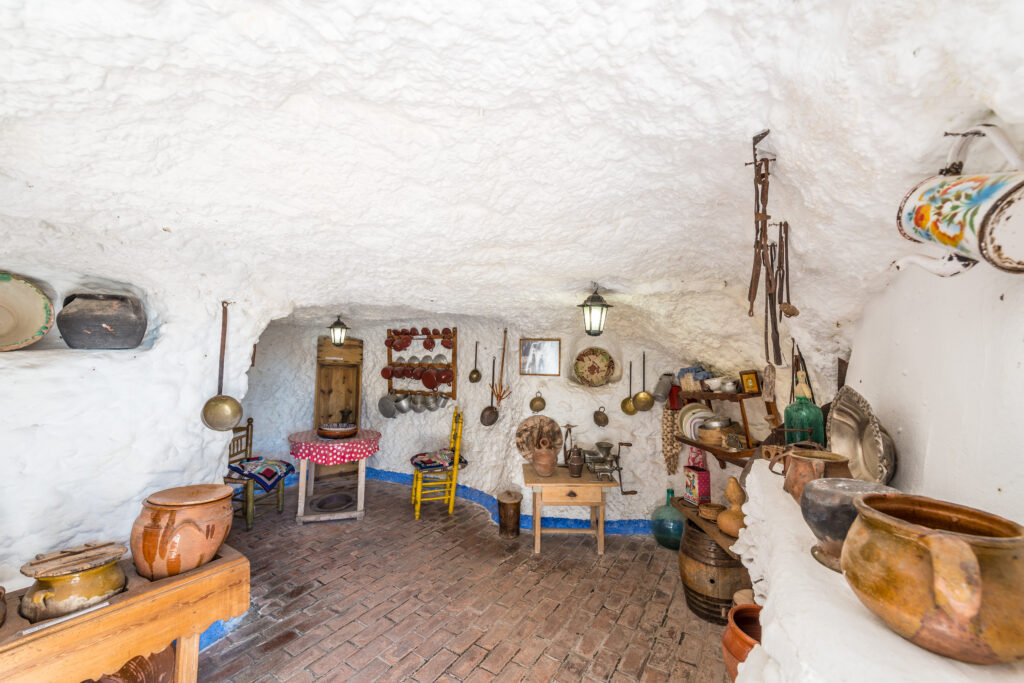
If you're wondering what to do in Granada, be sure to visit the caves of Sacromonte, located in the city's gitano (gypsy) quarter (book your ticket here). These caves carved into the hillside serve as homes and are a unique testimony to the gypsy culture of Andalusia. A visit to the caves of Sacromonte reveals a traditional and authentic way of life, as well as exciting flamenco performances. Some caves have been transformed into museums, where you can learn more about gypsy history and culture. You can also enjoy spectacular views over the city and the Alhambra from the heights of the district. The Sacromonte caves are a must-see attraction for all those wishing to discover gypsy culture and enjoy a unique experience in Granada.
11. Sacromonte Abbey
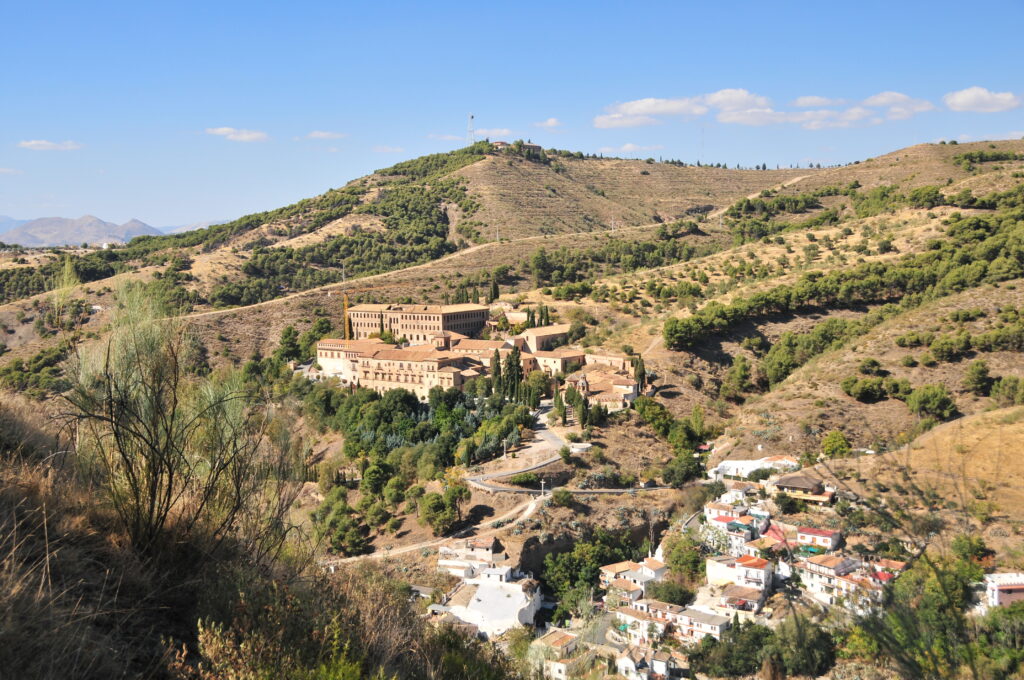
High above the splendid Darro valley, the voluminous abbey of "the sacred mountain " was built in the early 17thcentury following the discovery of the supposed remains of San Cecilio and other early Christian martyrs in a nearby cave. The abbey comprises a monastery, church and museum, housing an impressive collection of religious objects, works of art and manuscripts. A visit to Sacromonte Abbey reveals the site's fascinating history, as well as its cultural and religious significance. The documents and spaces on display are very interesting, and you can also enjoy a breathtaking view of the city and the Alhambra from the abbey gardens.
12. La Madraza Palace
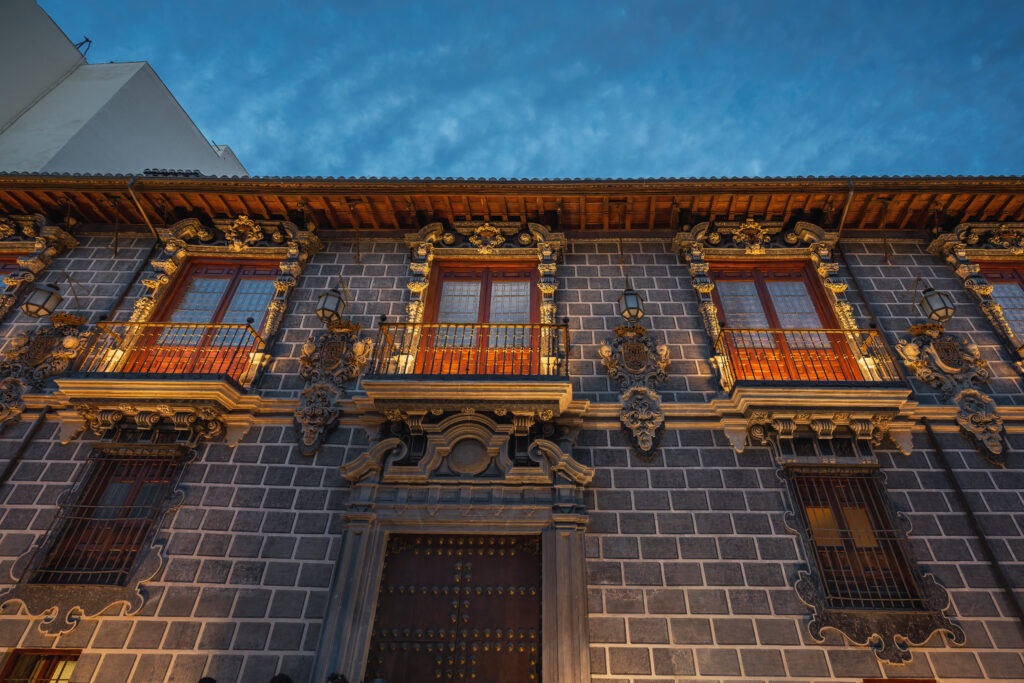
If you're looking for something to do in Granada, be sure to visit the Madraza Palace, an important historical and cultural site in the city center. The Madraza Palace was once an Islamic school, founded in the 14th century by the Nasrid sultan Yusuf I. It was one of the most important schools in Spain. It was one of the most important schools of the time, where students came to study theology, law, philosophy and medicine. Today, the Madraza Palace houses a museum presenting the history of the school and of Nasrid architecture. When you visit the Madraza Palace, you'll discover the impressive Islamic architecture of the Nasrid period, as well as the fascinating history of this prestigious school. You can also admire the beautiful interior courtyards and classrooms decorated with intricate geometric patterns.
13. What to do in Granada Visit the Rodríguez Acosta Foundation
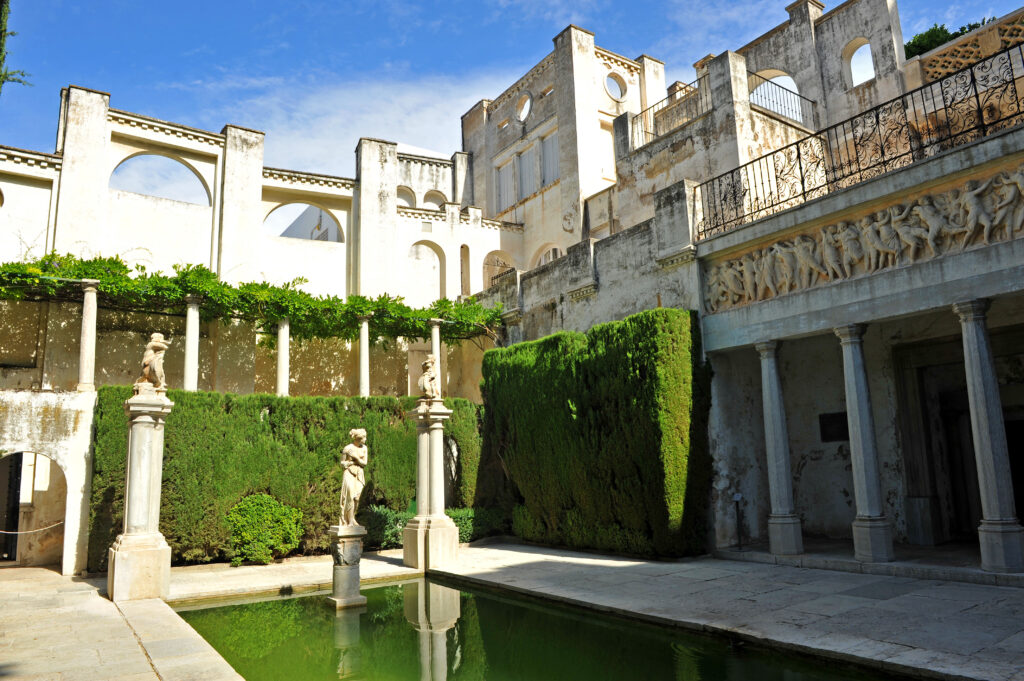
The Rodríguez Acosta Foundation is a historic villa built at the beginning of the 20th century by Grenadian artist José María Rodríguez Acosta, who lived here. The villa is a masterpiece of modernist architecture, with a unique combination of architectural styles ranging from Gothic to Renaissance to Mudejar. The villa served as his studio, and today this majestic building is the headquarters of the foundation that bears his name. It houses a museum presenting the life and work of Rodríguez Acosta (known for his landscapes of Granada and still lifes), as well as temporary exhibitions of contemporary art.
14. Sierra Nevada
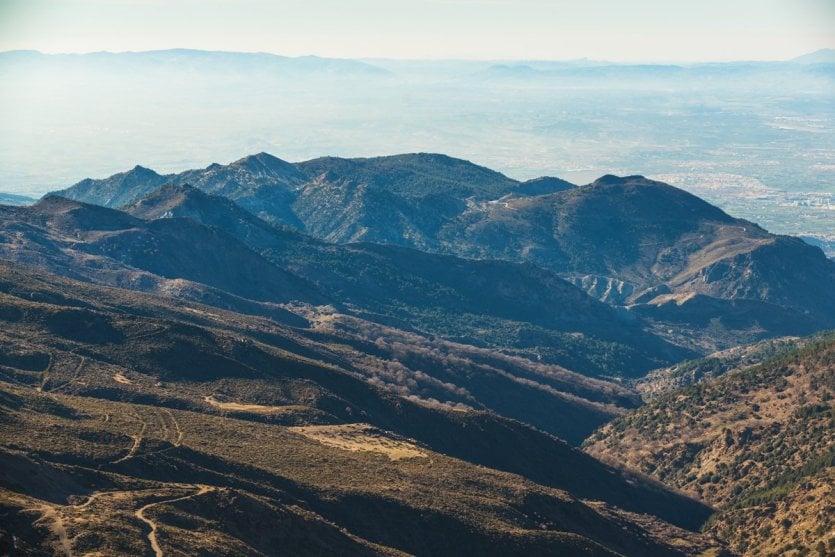
The Sierra Nevada mountains. At the summit, the snow is eternal © Alexilena - Shutterstock
A major national park, this enormous mountain range includes the peninsula's two highest peaks: Mulhacén (3,481m) and Veleta (3,398m). At the summit, the snow is eternal. Literally "snowy mountain range", the Sierra Nevada boasts some of the most modern ski slopes in Spain. A must for winter sports enthusiasts, the Sierra Nevada is home to 105 km of trails spread over 116 ski slopes. And to the delight of sports enthusiasts and holidaymakers alike: splendid views of Granada and the Mediterranean Sea. But the Sierra Nevada has other treasures in store: incredible flora and fauna. Covering 86 thousand hectares, it boasts over 2,100 plant species, 116 of which are in danger of extinction. since 1986, this mountain range has been declared a Biosphere Reserve by UNESCO.
15. What to do in Granada Costa Tropical
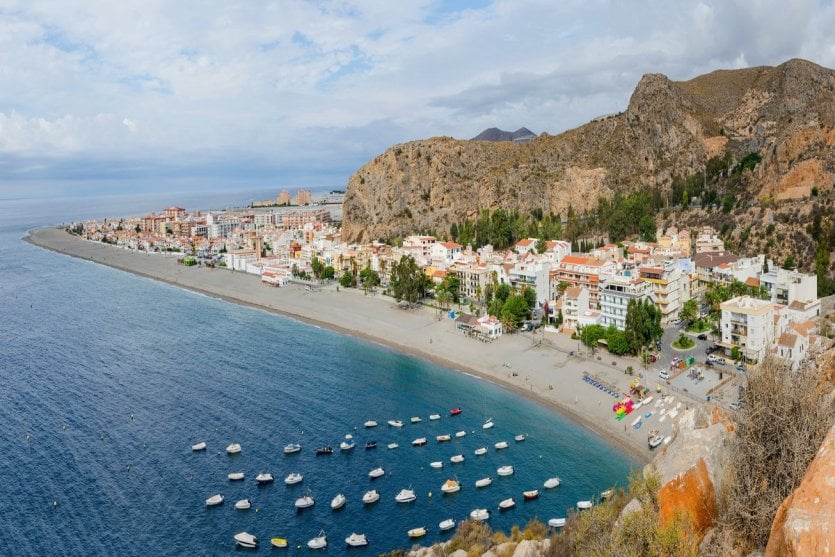
Calahonda beach, Costa Tropical, Granada © Alfonso de Tomas - Shutterstock.com
Just a 2-hour drive from the Sierra Nevada, the Costa Tropical, commonly known as the Costa Granadina, boasts over 73 km of coastline. It offers a tropical climate much more suited to the Caribbean than the Mediterranean. Unique in Europe. The crops are exotic: kiwi, sugar cane, avocado, papaya, mango... The Costa Tropical owes its name to its exceptional weather: around 20°C all year round.
16. Taste the local gastronomy

Granada's most popular dishes are tapas, the small portions of food served free with every drink ordered in tapas bars. Tapas range from classics like patatas bravas (spicy potatoes) and jamón ibérico (Iberian ham) to local specialties like piononos (small cakes with custard and rum syrup) and habas con jamón (beans with tomato sauce and ham). Granada's restaurants also offer more hearty dishes, such as platillo alpujarreño (a potato, ham, egg and chorizo dish) and remojón granadino (a beet, onion and orange salad). Finally, don't forget to sample local wines, such as the Alpujarra, to accompany your meal.
What to see in Granada in two days
Would you like to discover Granada in spring, say in April? Here's a suggested itinerary for two days in Granada:
Day 1:
Morning:
- Start your day with a visit to the Alhambra. We recommend booking your tickets in advance and arriving early to avoid the crowds. Explore the Nasrid Palaces, the Generalife and the Alcazaba.
Afternoon:
- After lunch, head to the Albaicín, Granada's historic district. Stroll through the narrow, winding streets and discover the beautiful whitewashed houses and flower-filled patios.
- End your day at the Mirador de San Nicolás, where you can enjoy panoramic views of the Alhambra and Generalife. It's the ideal place to take photos and admire the sunset.
Day 2:
Morning:
- Start your second day with a visit to Granada Cathedral and the Royal Chapel, where the Catholic kings Isabella and Ferdinand are buried.
- Then head to the Monastery of San Jerónimo, a masterpiece of Renaissance architecture.
Afternoon:
- After lunch, explore the gypsy quarter of Sacromonte. Visit the caves carved into the hillside, which serve as houses, and enjoy a flamenco show.
- Round off your day with a visit to the Alhambra Museum, located in Charles V's palace. It houses a collection of objects and works of art relating to the history of the Alhambra.
This itinerary will enable you to discover Granada's main sights in just two days. Don't forget to take your time to enjoy the city's unique atmosphere, sample the local cuisine and immerse yourself in Andalusian culture.
Where to stay in Granada?
Granada is a popular tourist city, offering a wide range of accommodation options to suit all budgets and tastes. Here are a few suggestions on where to stay in Granada. If you want to be right in the heart of the action, Granada's city center is the ideal place to stay. Here you'll find numerous hotels, hostels and apartments, as well as restaurants, bars and stores. The Calle Navas, Calle Elvira and Plaza Nueva districts are particularly popular with tourists. The Albaicín district is one of Granada's most picturesque, with its winding cobbled streets and whitewashed houses. It's an ideal place to stay if you're looking for quieter, more authentic accommodation. Finally, the Sacromonte district is known for its caves carved into the hillside, which serve as tourist homes and accommodations. If you're looking for a unique experience, this is the place to stay.
Discover our three favorite accommodations in Granada:
- Best located for sightseeing: Hotel Granada Centro
Situated on a small cobbled street just 8 minutes' walk from Granada Cathedral, the Hotel Granada Centro Navarrete is a 2-star hotel ideally located for visiting the city. It's also close to the tapas district. Rooms are simple but comfortable, with free Wi-Fi and flat-screen TV. The hotel accepts pets by prior arrangement. Click here to book your stay and take advantage of our partner's special rates.
- The one with the best view: the Alhambra palace
Built in 1910 and inaugurated by Alfonso XIII, this Moorish-style hotel is located on the Alhambra hill high above the city. It offers one of the most fabulous views of Granada and the Sierra Nevada. The Alhambra Palace's location makes it easy to walk to the Alhambra. The restaurant serves fine daily cuisine. Click here for prices and availability!
- The most picturesque: Abadía Hotel Granada Centro
The Abadía Hotel Granada Centro is a picturesque hotel dating back to the 16th century. We recommend requesting one of the rooms with exposed ceiling beams, brick arches and Moorish earthenware. The establishment also offers covered parking (extra charge) and has a leafy inner courtyard with seating and a fountain. Tempted? Book your stay right here in just a few clicks!
Discoverall the accommodation we recommend in Granada!
Below you'll find some of the hottest things to do in Granada:
Would you like to discover Andalusia? It's one of the ideal destinations for a summer vacation ! You can also choose to visit in September to take advantage of the Indian summer.
See also our articles What to see and do in Seville? The 17 must-sees and What to see and do in Málaga? 17 must-see places.


